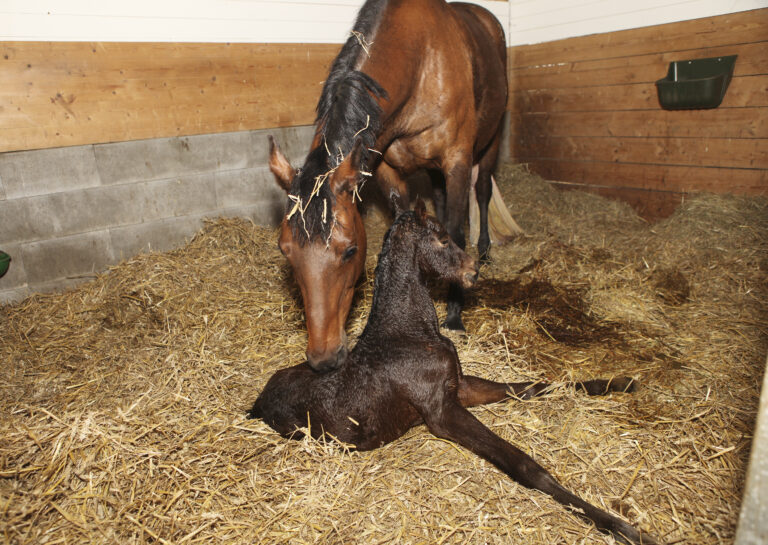
Equine herpesvirus is an important and significant disease in the horse industry, according to Gisela Soboll Hussey, DVM, MS, PhD. She is an associate professor in Pathobiology and Diagnostic Investigation at the Michigan State University College of Veterinary Medicine. Dr. Hussey’s research focus is on herpesviral diseases.
Soboll Hussey presented “Equine Herpesvirus-1 and Equine Herpesvirus-1 Myeloencephalopathy at the 2021 AAEP Convention. Equine herpesvirus myeloencephalopathy (EHM) is the neurologic manifestation of EHV-1.
She discussed the major EHV-1 outbreaks that have been occurring in the United States and abroad in recent years.
She said there is a lot of talk about the “neurologic” and “non-neurologic” forms of equine herpesvirus type 1. Sobol Hussey reminded the audience that if a horse is infected with EHV-1, it can become neurologic.
She talked about vaccines, although there is nothing labeled for the neurologic form of equine herpesvirus. Sobol Hussey also discussed therapeutics. She noted that there are few studies on therapeutics for and some drugs are either not available or are extremely expensive.
“That leaves us with biosecurity and research,” she said.
EHV-1 Research
One of the reasons there isn’t a vaccine on the market against neurologic equine herpesvirus is that “we don’t have good models,” said Sobol Hussey. “It’s hard to determine risk factors because it is a multi-faceted disease.”
She said most research is done on younger horses. However, researchers have found that only about 10% of younger horses develop the neurologic form of the disease.
Sobol Hussey said many horses that develop neurologic equine herpesvirus are females over 17 years old. “They have a much increased risk of EHM,” she stated.
In her laboratory they are looking at the hypothesis of what is different in these horses. The researchers infected 10 old mares and 10 young horses with the neuropathogenic strain of EHV-1. She said they found the young horses developed significant respiratory disease and one had mild neurologic signs. The older horses had no respiratory disease and no fever spike.
“But then at Day 7 or 8, nine of the horses show neurologic signs,” she said. “Six had severe EHM, and we had to euthanize them. It was shocking!”
Sobol Hussey said the young horses shed more virus, but all of the horses shed significant levels of virus.
You can listen to the podcast to learn more about the surprising findings from this research. Hint: It is possible if researchers find out what happens early on in the respiratory tract, they might learn what happens down the road that causes or doesn’t cause EHM.
Editor’s note: Check out this Research Spotlight on Equine Herpesvirus.
About Dr. Gisela Sobol Hussey
Gisela Soboll Hussey, DVM, MS, PhD, is an associate professor in Pathobiology and Diagnostic Investigation at the Michigan State University College of Veterinary Medicine. Dr. Hussey’s research focus is on herpesviral diseases, including equine herpesvirus.
Sponsored by Zoetis.
Connect with Zoetis Equine on Instagram and Facebook









